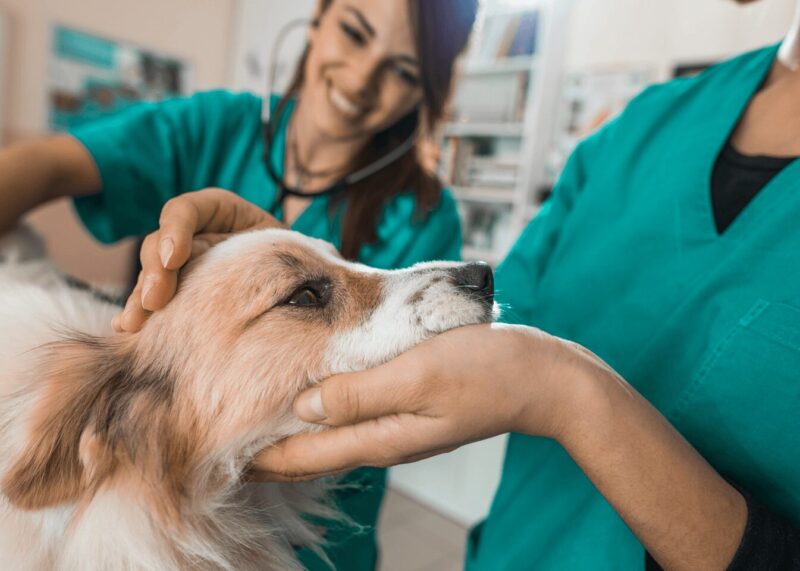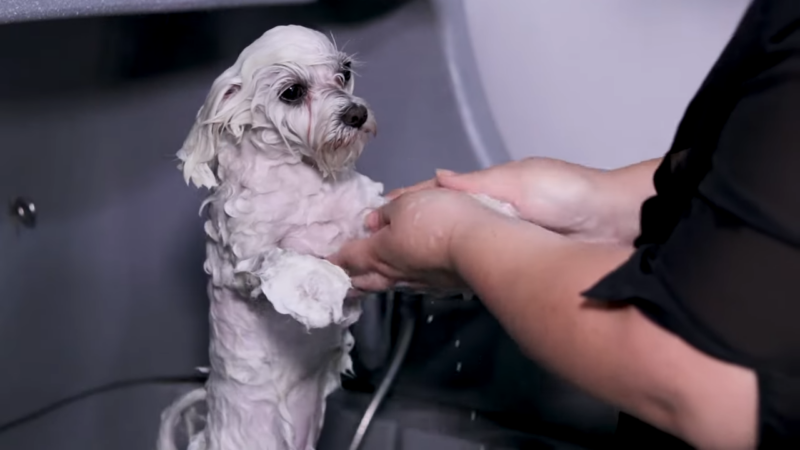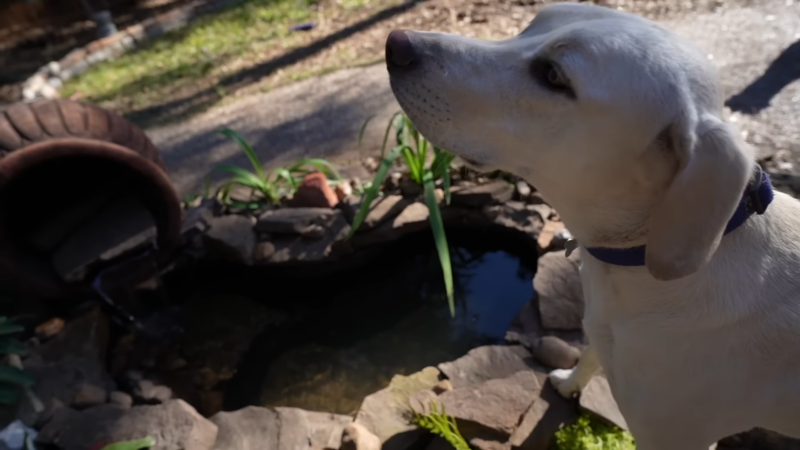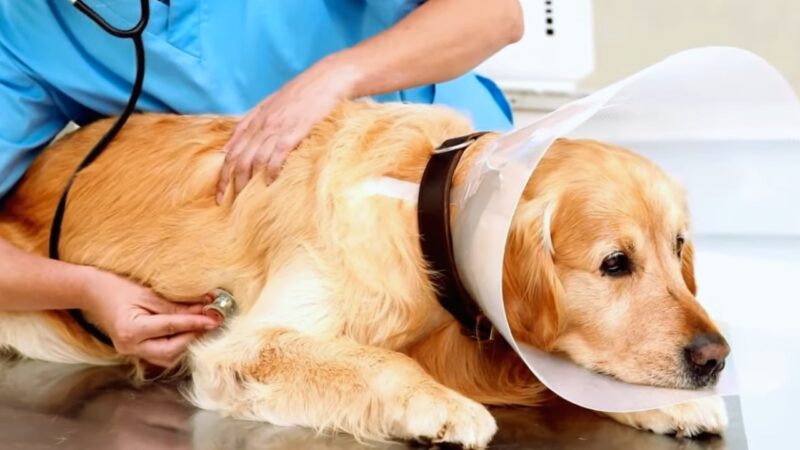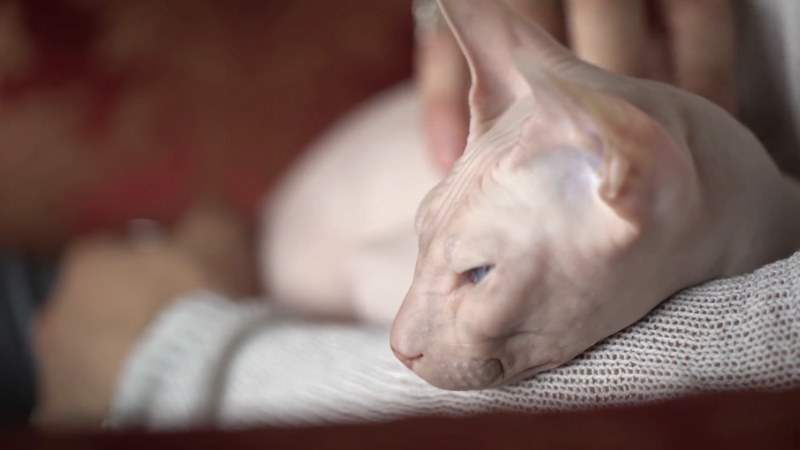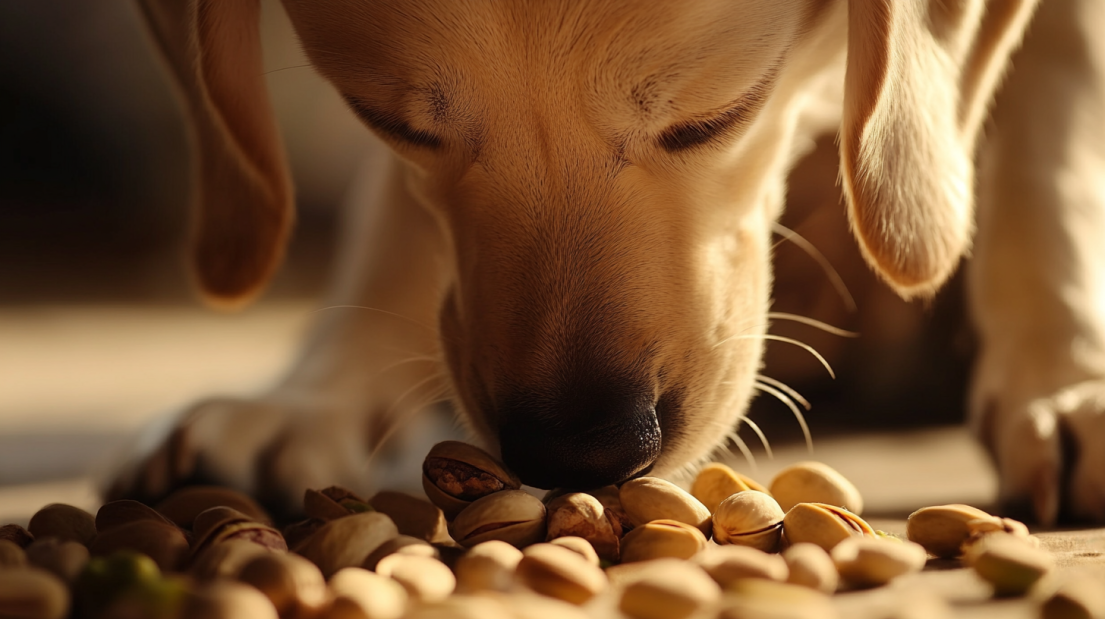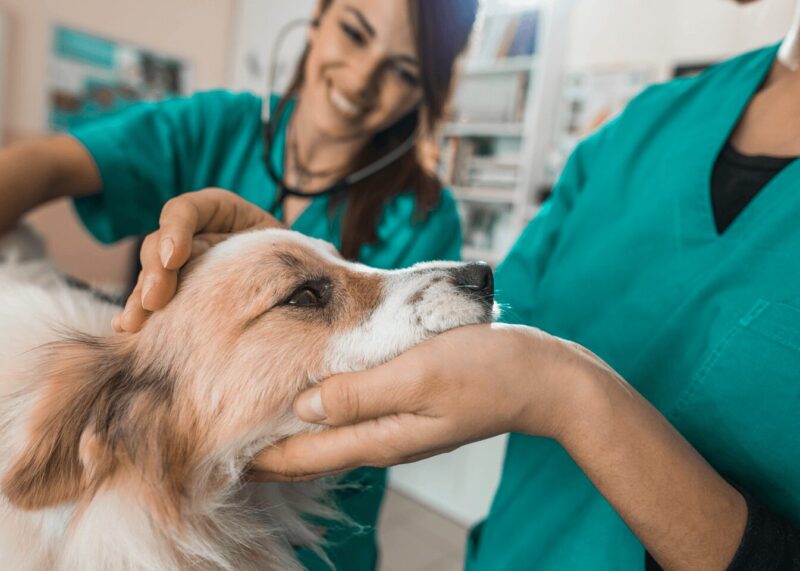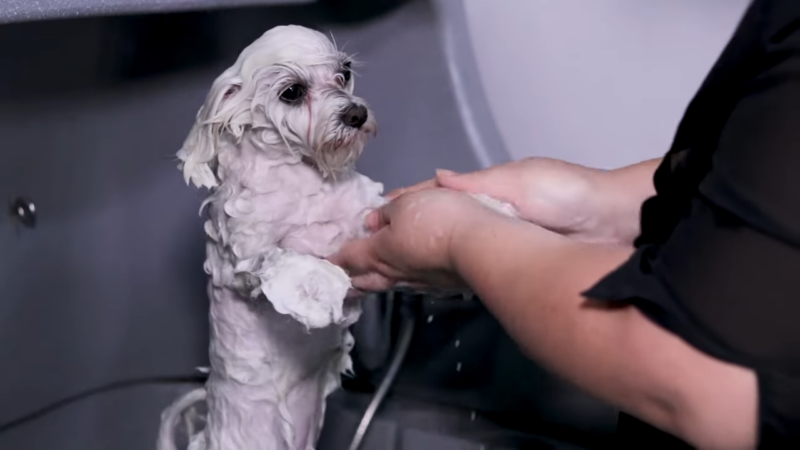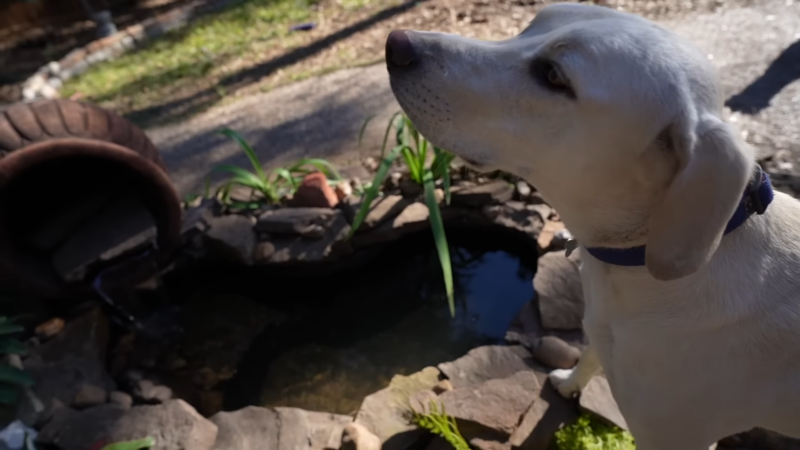
-
 Stefan Mihajlovic
Stefan Mihajlovic
- Published:
- Updated: March 12, 2024
- Category: Dog Specific Care, Medication and Treatments, Pet Health and Care
Share Post:
In the dynamic world of our canine friends, changes in their physical appearance can sometimes be a cause for concern. Among these changes, a frequently observed one is the turning of a dog’s lip color from its usual black or brown to pink.
In this blog post, we’ll delve deep into this interesting yet bewildering phenomenon, discussing its potential causes, implications, and solutions.
Basics You Need to Know
Every dog breed comes with its unique set of features, including the color of its lips. Before we explore the reasons behind a change in lip color, it’s vital to understand what is considered normal.
What Is the Normal Lip Color?
Generally, dogs have lips that are black, brown, or a similar shade. This coloration results from a pigment called melanin, which also determines the color of the skin, hair, and eyes in both humans and animals. Breeds like Labradors and Rottweilers are known for their distinctively dark lips. But remember, what’s ‘normal’ can vary significantly across breeds.
Breed-Specific Differences
Certain dog breeds naturally have pink or spotty lips. Breeds like Golden Retrievers, Boxers, and Dalmatians often sport lips that are pink, black, or a mix of both. So, if you notice your pup’s lip turning pink, first consider if this might be a natural progression based on their breed.
Age-Related Changes
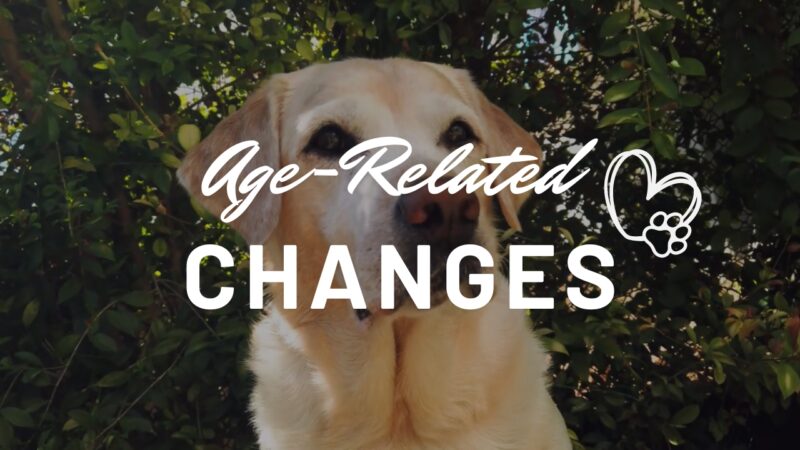
Just like humans, dogs undergo several age-related changes, one of which could be a transformation in lip color.
Puppy to Adult Transition
When puppies are born, their lips are often pink. As they mature, the lips may darken due to increased melanin production. If you’re observing your puppy’s lips turn pink, it might simply be an age-related change as they move toward adulthood.
Senior Dog Changes
As dogs grow older, they may experience depigmentation in certain areas, including their lips. This is akin to humans getting grey hair. These changes are usually harmless, but it’s always good to consult a vet if you’re unsure.
The Role of Weather and Sun Exposure

Surprisingly, the weather and sun exposure also play a part in the color change of your dog’s lips.
Impact of Sun Exposure
Just like in humans, prolonged exposure to sunlight can lead to the lightening of skin (and lip) color in dogs. If your pet spends a lot of time outdoors, their lips might turn pink due to the sun’s impact.
Cold Weather Effects
Cold weather can cause a temporary lightening in your dog’s lips, a condition also known as ‘winter nose.’ This is a harmless phenomenon, and the color should return to normal as the weather gets warmer.
Medical Reasons Behind Lip Color Change
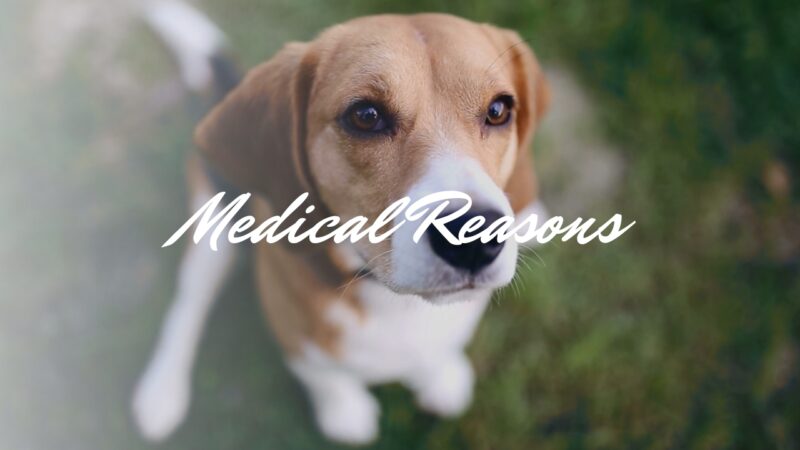
Several health-related factors can contribute to your dog’s lip color turning pink.
Vitiligo
This is a condition where the dog’s immune system starts attacking the melanin-producing cells, leading to a loss of pigmentation. Commonly affected areas include the lips, nose, and eyelids. Vitiligo usually isn’t harmful, but if you suspect your pet might have this condition, do consult a vet for confirmation.
Allergies
Allergies can also cause color changes in your dog’s lips. Common allergens include:
- Certain foods
- Plastic food and water dishes
- Specific types of plants
- Certain fabrics and materials
Symptoms of allergies can include pink lips, as well as redness, itching, and swelling in the affected area.
Plastic Dish Dermatitis
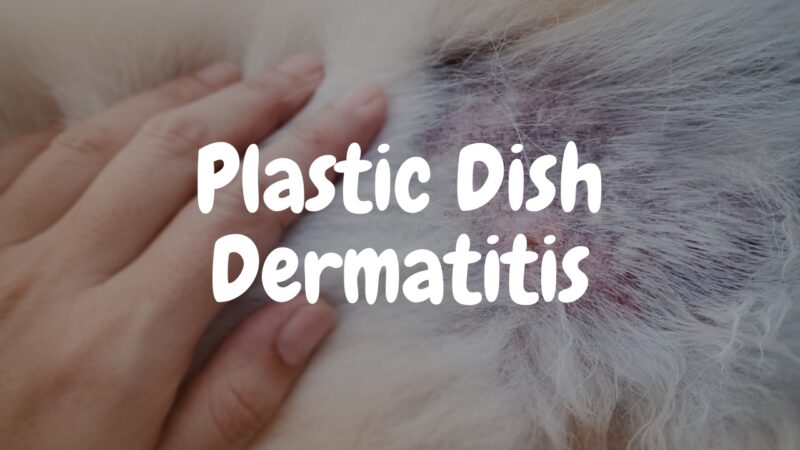
Your dog’s feeding equipment might be another surprising factor that can cause its lip color to turn pink.
Role of Plastic Dishes
Certain dogs may have an allergic reaction to the plastic used in their food and water bowls, resulting in a condition known as ‘Plastic Dish Dermatitis’. The lips can turn pink due to this allergic reaction.
Alternative Options
If you suspect that your dog might have an allergy to plastic dishes, consider switching to stainless steel or ceramic options. Not only can these materials potentially alleviate the lip color change, but they also tend to be more durable and easier to clean.
Infections and Diseases
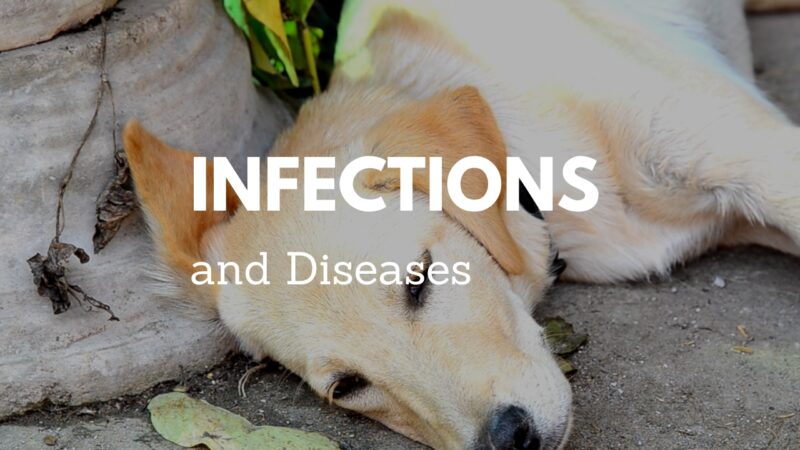
In some cases, infections and diseases can also cause a change in lip color.
Bacterial and Fungal Infections
Bacterial and fungal infections can cause inflammation and changes in your dog’s lip color. These infections may occur as a result of wounds, immune system disorders, or poor general health.
Serious Diseases
While rare, some serious diseases like cancer can cause color changes in a dog’s lips. If your dog’s pink lips are accompanied by other worrying symptoms such as weight loss, difficulty eating, or unusual growths, immediate veterinary attention is crucial.
Trauma to The Lips

Injury or trauma to the lips can also lead to a temporary change in color.
Impact of Physical Injuries
Physical injuries such as cuts or abrasions can lead to temporary pink spots on your dog’s lips as the area heals. Once the wound is fully healed, the lip color should return to normal.
Behavioral Causes of Trauma
Certain dog behaviors, like excessive chewing on toys or engaging in rough play, can lead to injuries on the lips. Monitoring your dog’s activities and ensuring they’re playing safely can help avoid such injuries.
Genetics and Lip Color

Genetics plays a significant role in determining the physical characteristics of your dog, including its lip color.
Genetic Factors
In some dogs, a pink lip could simply be a genetic trait passed down from their parents. It’s not uncommon for puppies to develop characteristics that weren’t evident at birth as they grow and mature.
Breeding Implications
If you’re a dog breeder, it’s essential to understand that potential puppy owners may have preferences regarding certain physical traits, like lip color. Therefore, understanding the genetic factors influencing these traits can be beneficial.
Contact Dermatitis
Another common cause of lip color change in dogs is contact dermatitis, which is an inflammation caused by contact with a particular substance.
What Is Contact Dermatitis?
Contact dermatitis in dogs can occur due to exposure to certain substances that irritate their skin or cause an allergic reaction. This could lead to inflammation and a subsequent change in lip color.
Common Causes
Common causes of contact dermatitis include exposure to certain plants, chemicals, and even some types of dog food. If you notice a change in your dog’s lip color after a change in their environment or diet, this could be the culprit.
Hormonal Imbalances

Hormonal imbalances can cause a variety of physical changes in dogs, including a change in lip color.
Role of Hormones
Hormones play a critical role in controlling your dog’s bodily functions. Any imbalances in hormone production could lead to changes in skin and lip pigmentation.
Endocrine Disorders
Certain endocrine disorders, such as Cushing’s disease or hypothyroidism, can cause changes in a dog’s physical appearance, including lip color. If you suspect a hormonal imbalance, consult your vet for diagnosis and treatment.
Canine Lip Fold Dermatitis
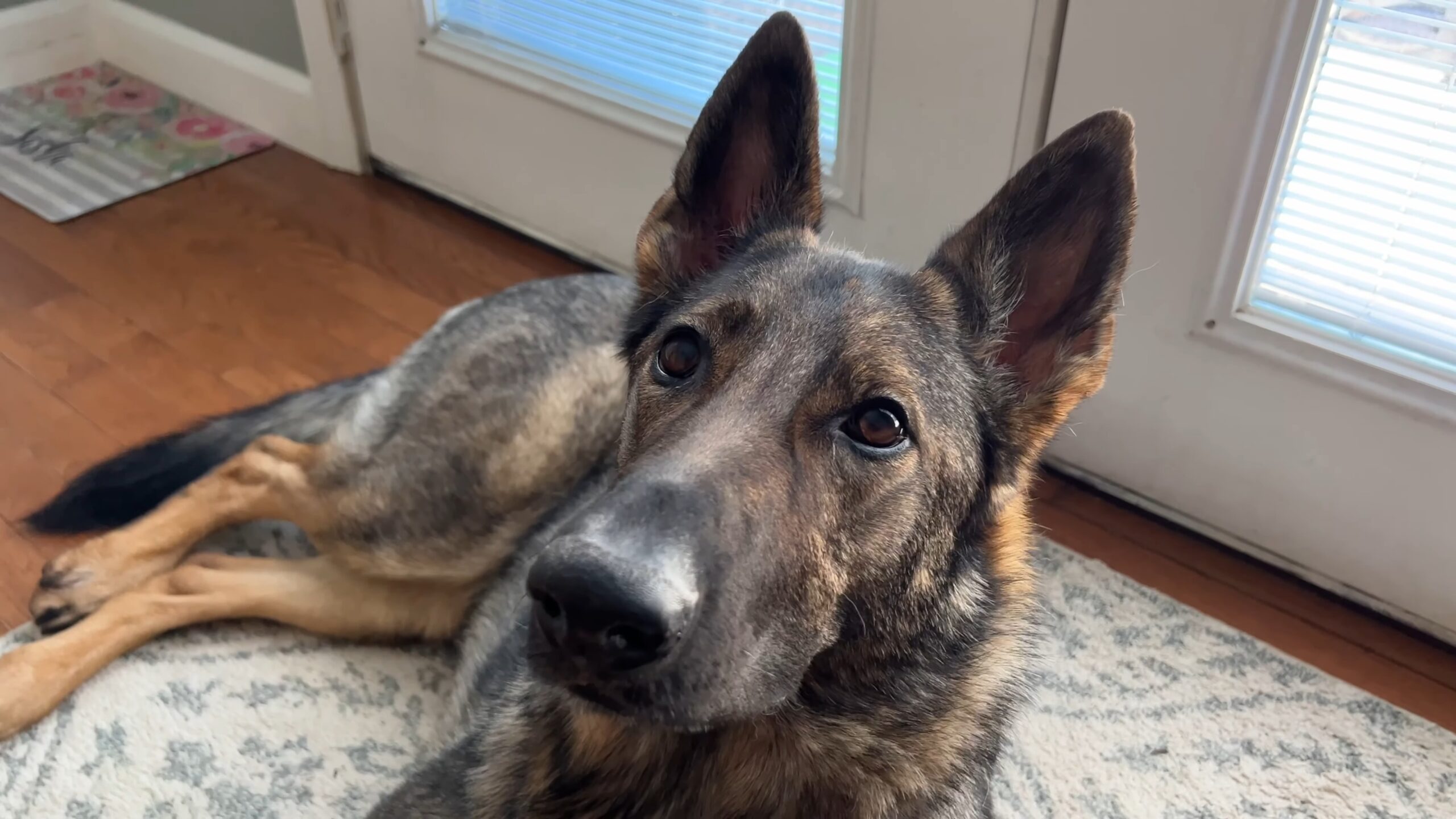
Canine lip fold dermatitis is a skin condition that usually affects breeds with pronounced lip folds but can also cause color changes in other breeds.
If you’re wondering about the color changes in your dog’s lip, understanding pigmentation is crucial for a comprehensive guide on why their skin may appear pink.
Symptoms of Lip Fold Dermatitis
Lip fold dermatitis can cause the lips to appear pink or red and may be accompanied by a foul smell, pus, and discomfort for the dog. It’s a condition that should be treated promptly to prevent further complications.
Treatment Options
Treatment for lip fold dermatitis typically includes cleaning the affected area, topical medications, and in some severe cases, surgical intervention. Your vet will guide you on the best course of action.
Nutritional Deficiencies

The nutrition your dog receives plays a critical role in their overall health, including the color of their lips.
Role of Diet
If your dog isn’t receiving all the nutrients they need from their diet, this can manifest in various ways, including changes in skin and lip color. A well-balanced diet is essential for maintaining your dog’s health.
Supplements
If your dog has a deficiency, your vet may recommend dietary supplements. These can help restore balance and potentially alleviate symptoms like color changes in the lips.
Common Misconceptions

There are several misconceptions surrounding the phenomenon of a dog’s lips turning pink.
The “Liver Nose” Misconception
One common myth is that a pink nose or lips indicate liver disease. While liver disease can cause changes in a dog’s mucous membranes, a pink nose or lips are not reliable signs of this condition.
The “Pink Lips are Unhealthy” Misconception
Another misconception is that pink lips are a sure sign of illness in dogs. As we’ve discussed throughout this article, there are many harmless reasons for this color change. However, it’s always best to consult your vet if you’re unsure.
When to Seek Veterinary Advice

While many reasons behind your dog’s pink lips are harmless, some situations warrant immediate attention.
Persistent Pink Lips
If your dog’s lips remain pink for an extended period without any noticeable cause (like sun exposure or cold weather), it’s a good idea to consult your vet. They can carry out necessary tests to rule out any potential health issues.
Accompanying Symptoms
If the pink lips are accompanied by other symptoms such as lethargy, appetite loss, or behavior changes, seek veterinary advice immediately. These could indicate underlying health problems that need prompt attention.
Final Words
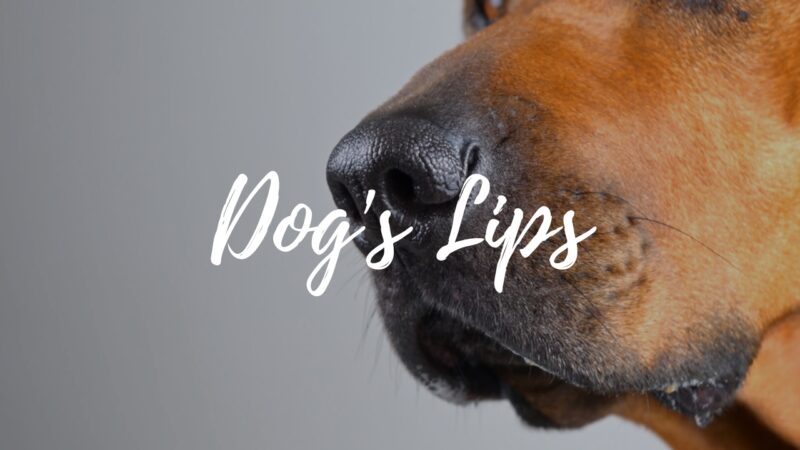
While a dog’s lips turning pink might seem unusual, it’s often a harmless phenomenon. Understanding the potential causes and knowing when to seek help can ensure your furry friend stays happy and healthy. It’s always recommended to consult a vet if you’re unsure about any changes in your pet’s appearance or behavior.
As you explore the reasons behind your dog’s lip turning pink, you may also find valuable insights about black gums and their causes, symptoms, and potential solutions.
Related Posts:
- Why Is My Dog's Skin Pink? A Comprehensive Guide
- Why Does My Dog Have Black Gums? - Causes, Symptoms,…
- Why Is My Dog Panting and Has Diarrhea? - What You…
- Dog Pooping Clear Liquid - Why and What to Do
- 10 Reasons Why Your Dog is Throwing Up Brown Liquid
- Should You Include Kiwi in Your Dog’s Diet? Here’s Why


